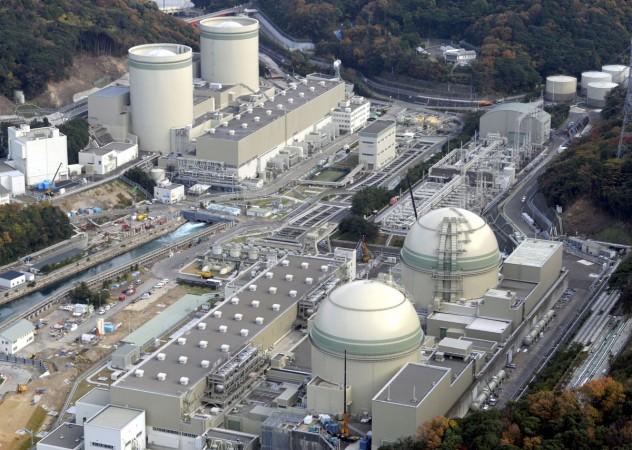
Before the world started looking at solar energy, nuclear power was considered the future. However, producing nuclear power also meant dealing with nuclear waste. A new material that's partly organic and partly metal has shown to be really good at capturing radioactive gases like xenon and krypton, two gases that are released as waste.
The material, known as metal-organic framework (MOF), was developed by experimentalists and computer modellers as a collaboration between lead scientist and researcher Berend Smit at EPFL, Switzerland, and some colleagues from the U.S.
The good thing about nuclear waste, Science Daily reported, is that it can be recycled to produce Uranium or Plutonium, the radioactive material used in generating nuclear power. The problem with recycling the waste is that the process is energy intensive, especially the process that involves the collection of radioactive gases such as xenon and krypton.
While traditional techniques require the use of cryogenics and maintaining extremely low temperatures, the scientists discovered that the MOF worked efficiently even at room temperatures.
"This is a great example of computer-inspired material discovery," said materials scientist Praveen Thallapally of the Department of Energy's Pacific Northwest National Laboratory. "Usually the experimental results are more realistic than computational ones. This time, the computer modelling showed us something the experiments weren't telling us."
The materials are reported to have tiny pores in them that are so small that only a single molecule can fit in them. When gases pass through the material, they are absorbed by the MOF. In addition to this, the MOFs can be custom made in such a way that the molecules of a particular gas have a greater affinity for the pores than others, which means that the MOFs can selectively absorb the gases that are released as waste generated when nuclear power is recycled.

















